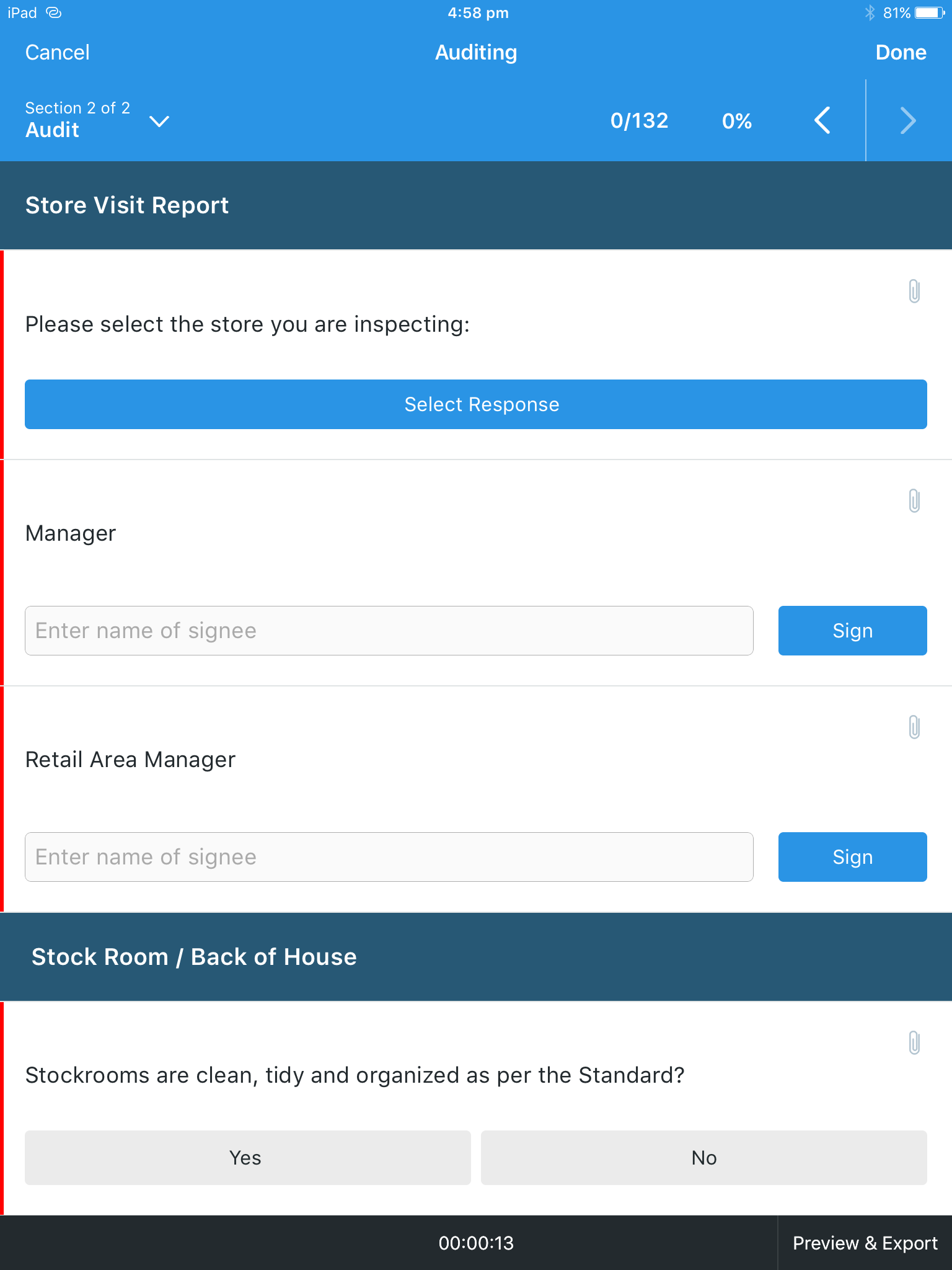Six simple tips to ensure your retail store is providing a quality experience
- Written by Rio Weerasinghe

Written by Rio Weerasinghe - Implementation manager within the Customer Success team at SafetyCulture.
Managers for bricks and mortar retail stores have a lot on their plate, and maintaining a safe and effective in-store environment is typically at the top of their list. Following these six simple steps can help retailers increase sales, reduce stock loss, create happier staff, and produce better mystery shopper results.
- Set the standards from the get go
Implementing a top-down approach ensures that all stakeholders, from managers and supervisors through to floor staff, are aware of the company’s expectations, protocols and quality standards from day one.
A practical way of filtering this information down is by providing quality and standards training for all high-level staff, which can then be disseminated throughout the store. This type of approach helps to create a culture of quality and accountability within a business.
- Empower staff to be proactive about quality control
Standards in quality drop when staff have no sense of responsibility. Arming each member of your team, no matter their position, with the tools they need to uphold quality control gives them a sense of ownership over the shop’s standards and ensures that the in-store retail experience continues to be upheld.
Mobile apps like iAuditor provide an easy way for managers and staff members to build checklists and manage inspections. An admin can build, assign and schedule audits for those in their team, and team members then get notifications through their mobile device to conduct audits. You can build a checklist to inspect anything: stock, cleanliness of the store, standards for staff, merchandising, security, point of sale, collect feedback and much more. The important thing is that there’s a structured process in place to manage inspections, and that this is consistently adhered to.
- Prioritise security
Staff should be aware of the location of every security camera in the store and do regular checks to ensure they haven’t been tampered with. There should also be staff assigned to major entries and exits to minimise risks associated with theft.
Making a safety checklist is a good way to ensure staff make security a daily priority, and it makes a big difference to the business’ bottom line. One of SafetyCulture’s clients in the UK, a big retailer, found that making safety checklists resulted in a 16 per cent reduction of stock loss.
- Welcome feedback
Encourage staff members to record all feedback, whether from customers or their own thoughts and experiences from working in the store. This information provides managers with valuable insight that they can use to improve the business, products, services and processes that impact on the entire customer experience.
- Reward excellence
Creating a quality culture starts with transparency. Explain to your team members that the more data provided about the store, the better it can improve on its practices and processes. This means everyone can work towards a common goal and own the final result.
This also allows managers to assess which workers are proactively creating a ‘safety culture’, giving employers valuable insight into staff performance. Employers can then reward employees who regularly provide feedback.
- Capitalise on your data
Reviewing and using collected data can help business owners make informed decisions on stock, store layout, merchandising, staffing, security and more.
If a retailer has multiple stores, business owners can look at the data from each location and use key learnings from the highest performing stores to implement in lower performing stores.








